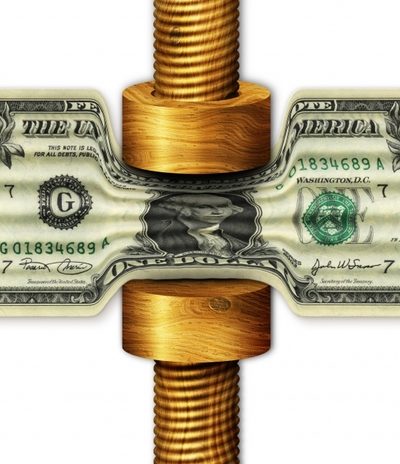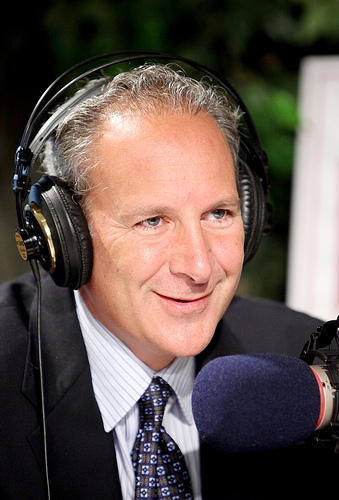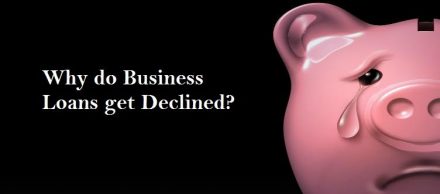By Peter Schiff – www.24HourGold.com
With yesterday’s Fed decision and press conference, Chairman Ben Bernanke finally and decisively laid his cards on the table. And confirming what I have been saying for many years, all he was holding was more of the same snake oil and bluster.
Going further than he has ever gone before, he made it clear that he will be permanently binding the American economy to a losing strategy. As a result, September 13, 2012 may one day be regarded as the day America finally threw in the economic towel.
Here is the outline of the Fed’s plan: buy hundreds of billions of home mortgages annually in order to push down mortgage rates and push up home prices, thereby encouraging people to build and buy homes and spend the extracted equity on consumer goods. Furthermore, the Fed hopes that ultra-cheap money will push up stock prices so that Wall Street and stock investors feel wealthier and begin to spend more freely.
He won’t admit this directly, but rather than building an economy on increased productivity, production, and wealth accumulation, he is trying to build one on confidence, increased leverage, and rising asset prices. In other words, the Fed prefers the illusion of growth to the restructuring needed to allow for real growth.
The problem that went unnoticed by the reporters at the Fed’s press conference (and those who have written about it subsequently) is that we already tried this strategy and it ended in disaster. Loose monetary policy created the housing and stock bubbles of the last decade, the bursting of which almost blew up the economy.
Apparently for Bernanke and his cohorts, almost isn’t good enough. They are coming back to finish the job. But this time, they are packing weaponry of a much higher caliber. Not only are they pushing mortgage rates down to historical lows but now they are buying all the loans!
Last year, the Fed launched the so-called “Operation Twist,” which was designed to lower long-term interest rates and flatten the yield curve. Without creating any real benefits for the economy, the move exposed US taxpayers and holders of dollar-based assets to the dangers of shortening the maturity on $16 trillion of outstanding government debt.
Such a repositioning exposes the Treasury to much faster and more painful consequences if interest rates rise. Still, the set of policies announced yesterday will do so much more damage than “Operation Twist,” they should be dubbed “Operation Screw.” Because make no mistake, anyone holding US dollars, Treasury bonds, or living on a fixed income will have their purchasing power stolen by these actions.
Prior injections of quantitative easing have done little to revive our economy or set us on a path for real recovery. We are now in more debt, have more people out of work, and have deeper fiscal problems than we had before the Fed began down this path. All the supporters can say is things would have been worse absent the stimulus.
While counterfactual arguments are hard to prove, I do not doubt that things would have been worse in the short-term if we had simply allowed the imbalances of the old economy to work themselves out. But in exchange for that pain, I believe that we would be on the road to a real recovery. Instead, we have artificially sustained a borrow-and-spend model that puts us farther away from solid ground.
Because the initials of quantitative easing – QE – have brought to mind the famous Queen Elizabeth cruise ships, many have likened these Fed moves as giant vessels that are loaded up and sent out to sea. But based on their newly announced plans, the analogy no longer applies.
As the new commitments are open-ended, quantitative easing will now be delivered via a non-stop conveyor belt that dumps cheap money on the economy. The only variable is how fast the belt moves.
Fortunately, the crude limitations of the Fed’s only policy tool have become more apparent to the markets. If you must stick with the nautical metaphors, QE3 has sunk before it has even left port. The move was explicitly designed to push down long-term interest rates, but interest rates spiked significantly in the immediate aftermath of the announcement.
Traders realize that an open-ended commitment to buying bonds means that inflation and dollar weakness will likely destroy any nominal gains in the bonds themselves. To underscore this point, the Fed announcement also caused a sharp selloff in Treasuries and the dollar and a strong rally in commodities, especially precious metals.
Given that 30-year fixed mortgages are already at historic lows, there can be little confidence that the new plan will succeed in pushing them much lower, especially given the upward spike that occurred in the immediate aftermath of the announcement.
Instead, Bernanke is likely trying to provide the confidence home owners need to exchange fixed-rate mortgages for lower adjustable rate loans – which would free up more cash for current consumer spending. He is looking for homeowners to do their own twist. If he succeeds, more homeowners will be vulnerable to increasing rates, which will further limit the Fed’s future ability to increase rates to fight rising prices.
The goal of the plan is to create consumer purchasing power by raising home and stock prices. No one seems to be considering the likelihood that unending QE will fail to lift bond, stock, or home prices, but will instead bleed straight through to higher prices for food, energy, and other consumer staples. If that occurs, consumers will have less purchasing power as a result of Bernanke’s efforts, not more.
The Fed decision comes at the same time as the situation in Europe is finally moving out of urgent crisis mode. While I do not think the ECB’s decision to underwrite more sovereign debt from troubled EU members will work out well in the long term, at least those moves have come with some German strings attached [For more on this, see John Browne’s article from earlier this week].
As a result, I feel that the attention of currency traders may now shift to the poor fundamentals of the US dollar, rather than the potential for a breakup of the euro.
In the meantime, the implications for American investors should be clear. The Fed will try to conjure a recovery on the backs of currency debasement. It will not stop or alter from this course.
If the economy fails to respond to the drugs, Bernanke will simply up the dosage. In fact, he is so convinced we will remain dependent on quantitative easing that he explicitly said he won’t turn off the spigots even if things noticeably improve. In other words, the dollar is screwed.
Peter Schiff is CEO of Euro Pacific Precious Metals. Mr. Schiff began his investment career as a financial consultant with Shearson Lehman Brothers, after having earned a degree in finance and accounting from U.C. Berkeley in 1987. A financial professional for nineteen years he joined Euro Pacific in 1996 and has served as its President since January 2000. An expert on money, economic theory, and international investing, he is a highly recommended broker by many of the nation’s financial newsletters and advisory services. Mr. Schiff holds NASD Series 4,7,24,27,53,55, & 63 licenses.








